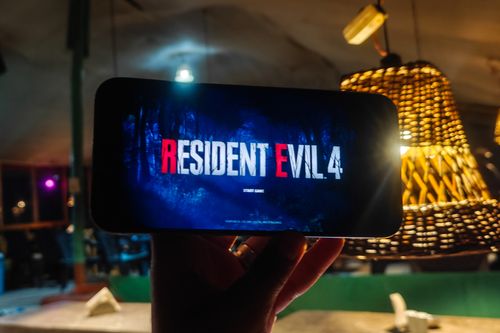Look, it's amazing that we get to play console or PC-grade games on iPhone. Or we, at least, will in the coming years, and Apple is going to be at the forefront for multiple (very obvious) reasons. We already have a taste of that future with two Resident Evil games, but so far, it doesn't look like a very rewarding future.
But before we dig into the nitty-gritty of how the experience is, keep in mind that the aforementioned future is pretty expensive. How expensive exactly? Well, you pay exactly the same price as a console game but end up with a nerfed output at the same time. Plus, an external controller is necessary.
So, here's how we landed at the future of mobile gaming, courtesy of Apple. In the past couple of months, Apple has pushed two games — Resident Evil Village and Resident Evil 4 — on the iPhone. Both titles were initially released for the Xbox, PC, and PlayStation platforms a couple of years ago and are now available on the iPad as well. RE4 also gets a version for macOS but runs selectively on newer devices.

Not too long ago, the thought of playing console-grade games on an Apple device would've been labeled as a dumb pipedream. But in 2020, Apple decided to ditch Intel's ass and jumped to its own silicon computing silicon in the "M" lineup.
These in-house processors left the likes of Intel and AMD far behind in terms of computing firepower, while at the same time, Apple kept beefing up its smartphone processors in the A-series. While that was happening, Apple turned its attention to gaming, cooking up a tech called Metal.
How do I hit KEY COMBOS with on-screen buttons?
Call it a secret sauce shortcut, as it allows developers to port their console or PC game assets to Apple platforms like macOS without having to write the code from scratch just so that they can run on a Mac. It's game-changing for any soul who has ever wet-dreamed of playing AAA games on an Apple computer.
But the trillion-dollar fruit company had more ambitious plans. Instead of just bringing top-tier games to the Mac, Apple also had plans to bring those games to the iPad — and the iPhone, of all places.
It's a great showcase of skills but a somewhat shitty experience in real life!
For now, Resident Evil 4 and RE: Village are the only games available on Apple's mobile devices. But Death Stranding is right around the corner, and Assassin's Creed: Mirage will grace "smartphone gamers" in 2024. What a time to be alive!
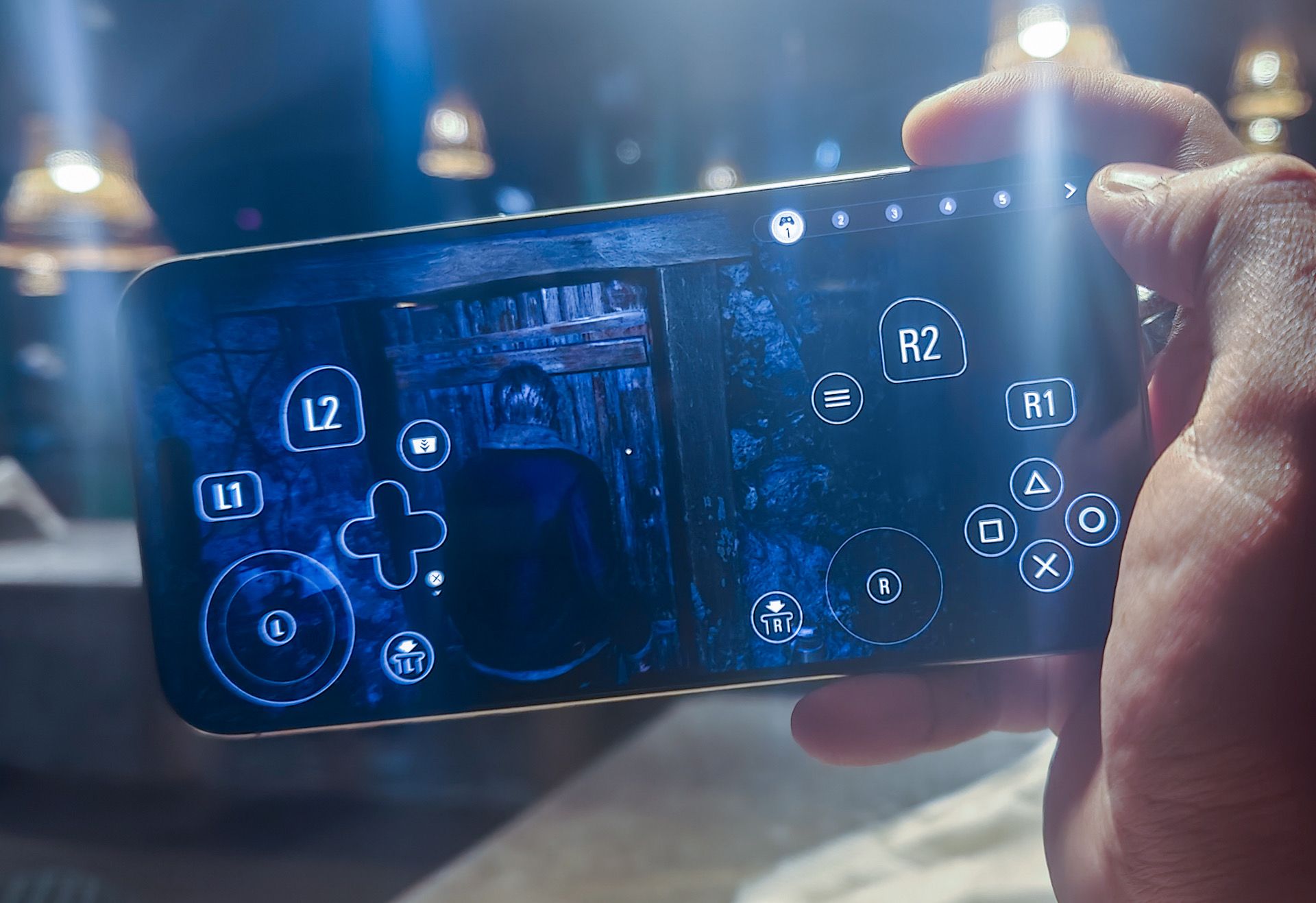
But there are some fundamental caveats that keep their so-called console-grade games from truly offering an enjoyable experience on devices like the iPhone and even the iPad. Just take a look at the crowded mess of on-screen buttons in Resident Evil 4 on the iPhone!
It's not unique to the horror game. A case can be made out of games such as PUBG and Call of Duty, which also have their fair share of on-screen controls, but they are nowhere near as messy as Resident Evil. It's not as shitty a situation on the iPad because it has a much bigger screen.
But let's not forget that it's far easier to hold an iPhone for an hour or two as you revel in the gory joy of tearing a few limbs and blasting heads in a game. However, it isn't exactly a pleasant experience holding a 12.9-inch iPad for long hours.
Let's set aside ergonomics. It's gaming, after all! We punish our precious ass muscles, sitting for six or seven-hour marathon sessions, happily condemning our guts to a lifetime of digestive issues, chomping down pounds of chips, and sipping sugar bomb soda. Some sacrifices are absolutely worth it. And there is no noble sacrifice than one laid out in the line of duty. Call of Duty, that is!
That's not to say I'm not concerned by so many buttons crammed in the iPhone's display. Just imagine the nightmare when you have to use key combos.
Let's come to the core visual experience. At this stage, after playing two games on flagship Apple tablets and phones, there are a bit too many disappointments and inconsistencies.

So, in Resident Evil Village, the crux of the graphics quality controls is centered around two presets: MetalFX Quality and Performance. The names are pretty self-explanatory. Depending on the preset you pick, you will jump between 60fps and 30fps gameplay at the cost of visual fidelity. Here's what you get when you prioritize quality:
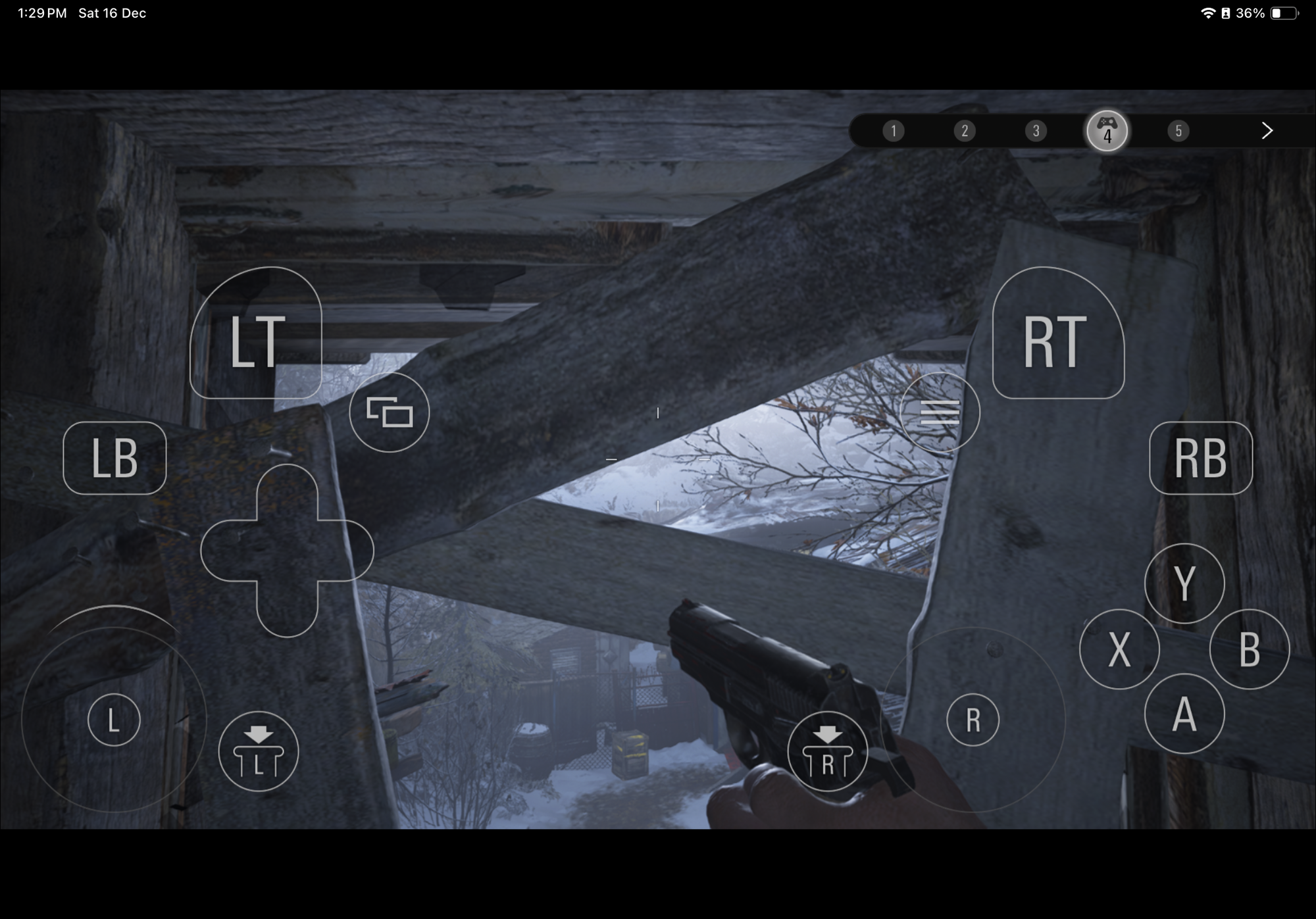
And this is the kind of downgrade that you can expect when you switch up to the MetalFX Performance tier:
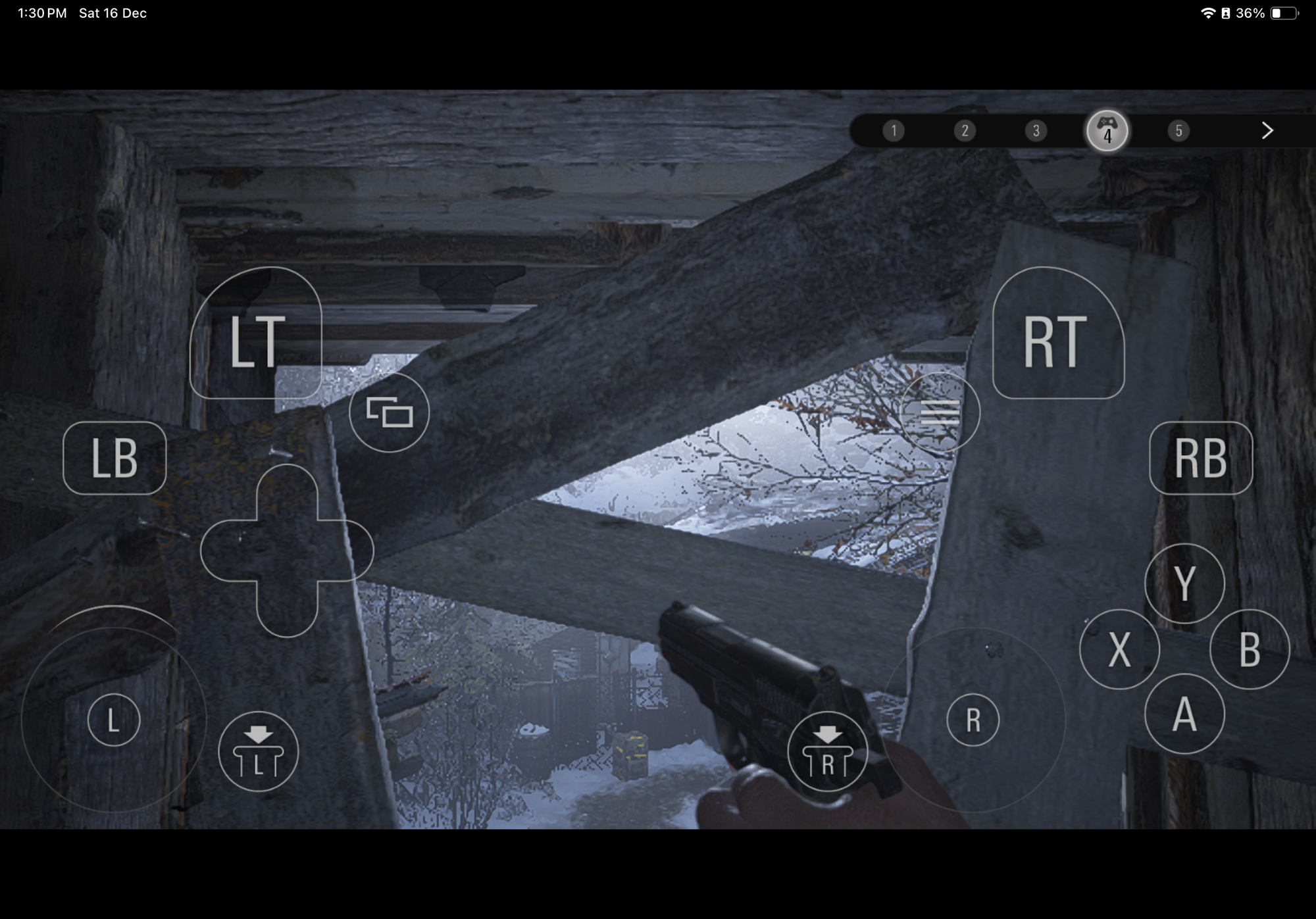
Now, I am not sure what exactly is happening here. Apple has made tall claims about the might of its desktop-class M-series processors inside the iPad and the A17 Pro — the world's mobile silicon based on the 3nm process.
I've seen far better visuals in a whole bunch of Apple Arcade-exclusive titles, such as Castlevania and TMNT. The shadows, reflections, and textures are all way off the standard from a game that costs as much, leveraging a processor as mighty (?) powerful.
Even Apple's most powerful chips can't rescue you from the blurry mess of badly rendered graphics in Resident Evil 4.
A solid argument can be made here that mobile silicon or something like the M-series inside Macs can never catch up to the gaming might of a discrete graphics card and a top-tier processor — or the custom silicon made by the likes of AMD for consoles like the PlayStation 5 or the Xbox Series X.
But if that's the reality, why make a half-hearted attempt, that too, involving top-tier hardware and a globally renowned game franchise? Of course, innovation is preceded by failures, and setbacks should never stifle progress.
However, that leeway also entails thoughtful execution, which is not uniform in Apple's situation. In Resident Evil Village, you get a healthy bunch of graphics adjustment options, including the core MetalFX upscaling variables. Apple's efforts are visible here, even though the final result could use more refinements.
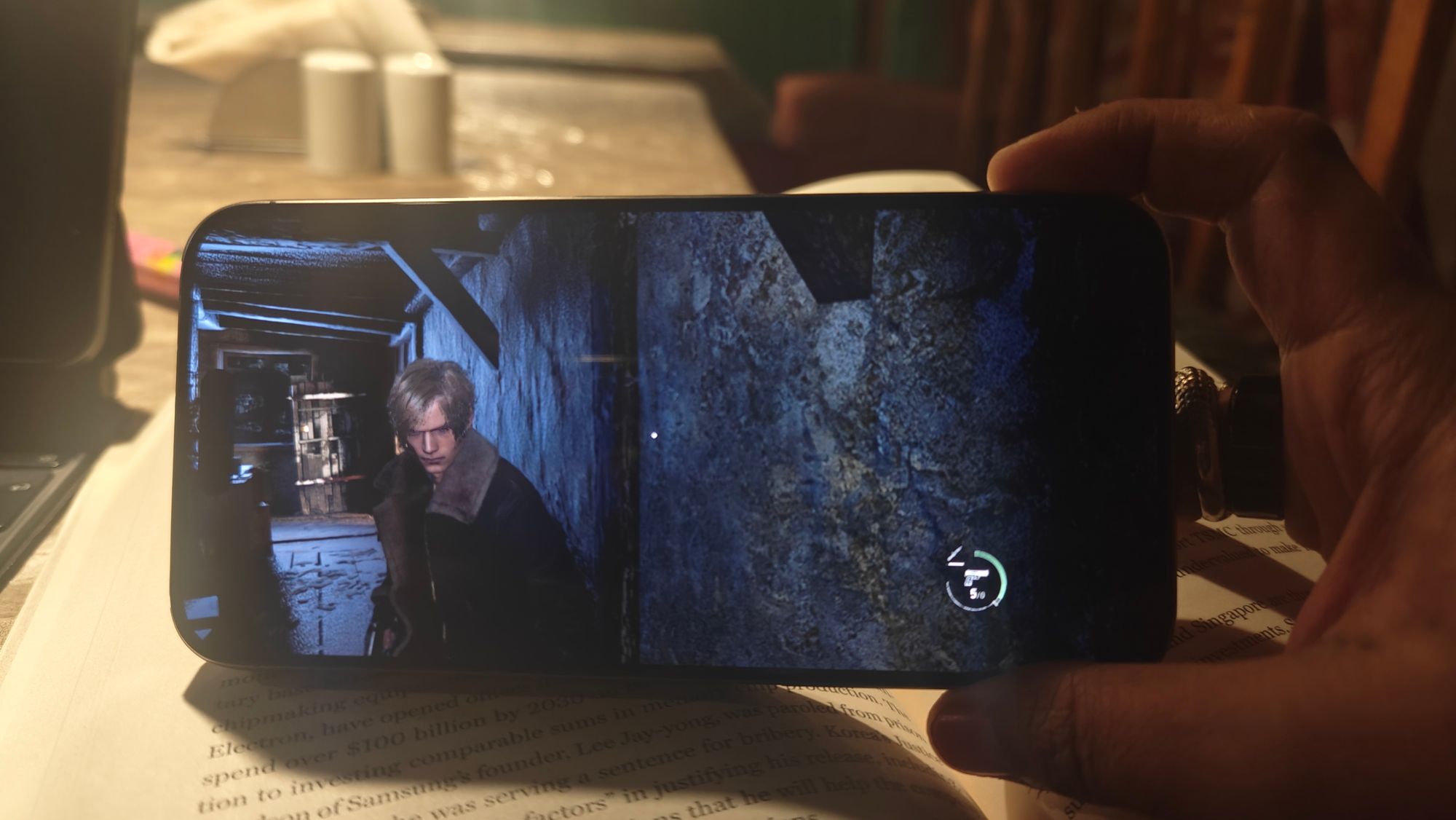
In Resident Evil 4, you get none of it, except for a few rudimentary settings that don't push the dial for graphics upscaling or visuals in the game. That's particularly disappointing because the way the game has been ported to the iPhone is a big fat flub.
Occlusion is terrible, and any attempt to peer into the fine details and textures of the world around only delivers a badly rendered blurry mess. Once again, if you compare it to other demanding games on the App Store — Arcade or otherwise — the likes of Genshin, GRID, and The Room: Old Sins take Resident Evil 4 to the cleaners.
There is only so far you would want to dig into the story of a game if the visuals serves as a constant (and expensive) reminder that they could (and should) have been better.
One of the biggest arguments against Apple's mobile gaming efforts is the very existence of cloud gaming. In a world where you can just stream the entire Xbox Game Pass library on your phone or laptop (heck, even Samsung TVs) without any special hardware and any sacrifices in visual quality compared to the console variant, why bother going elsewhere?
Plus, with cloud gaming, it's not just about enjoying the real, unadulterated console/game on your phone or tablet; it's also about the cost consideration. Why pay $60 for a sub-par mobile game when you can pay roughly a quarter of that price and enjoy over a hundred "pure" console games on the iPhone or iPad without sacrificing any of the graphics and gameplay finesse?
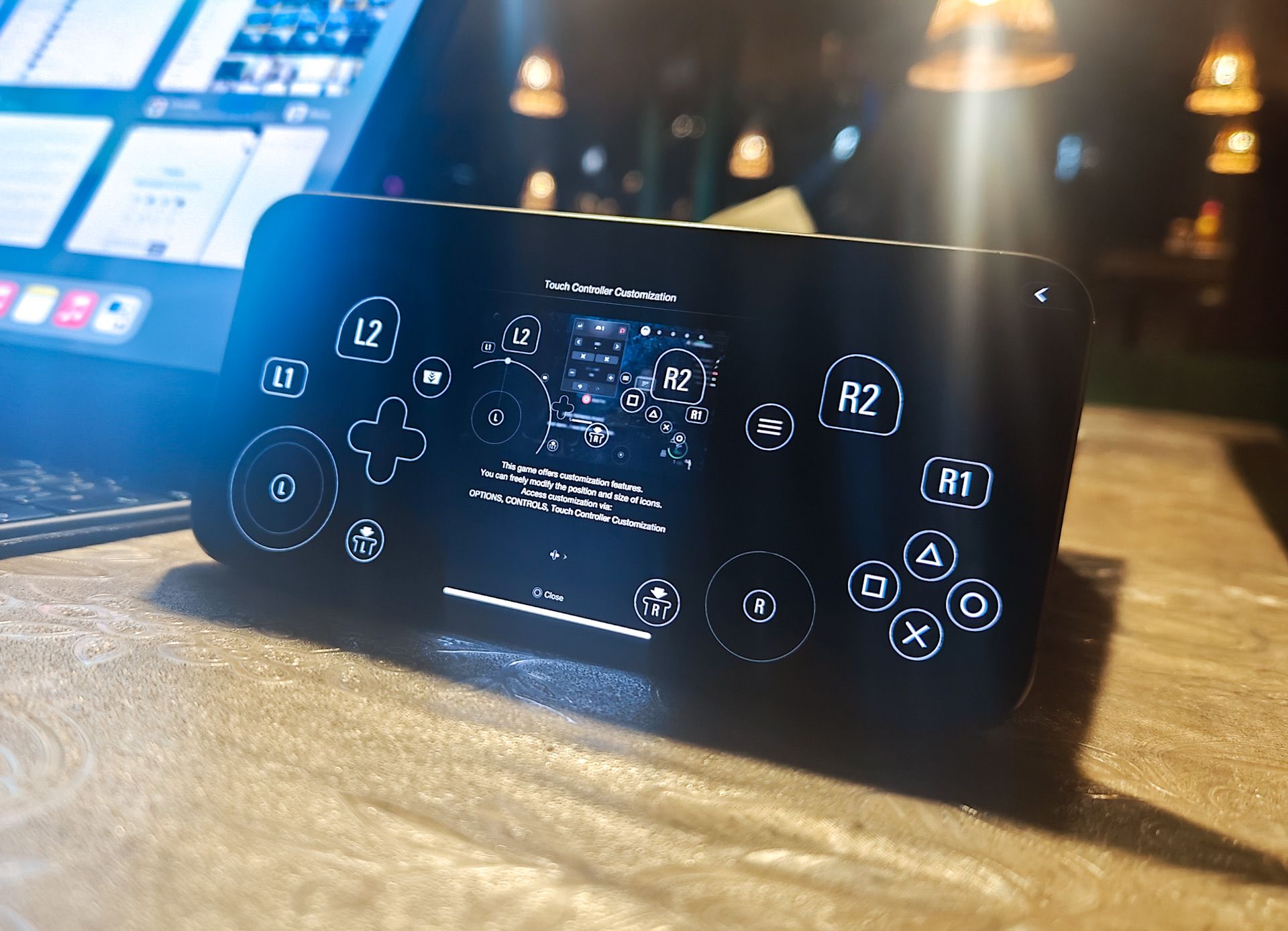
Aside from the Xbox Game Pass library for cloud streaming, you also have other options, such as Nvidia and Amazon's Luna, that offer cloud-based game streaming facilities. But interestingly, the cloud streaming argument also works in Apple's favor in a very fundamental way.
Cloud-based game streaming is not widely available, and in countries where it is available, you need a stable internet worth 10mbps at the very least. With titles like Resident Evil Village or Resident Evil 4, a one-time download is the way to go. After that, all you need is a half-decent internet connection for tasks like saving in-game progress.
But that's far from any kind of fairytale gaming situation. Playing console-tier games such as Resident Evil with on-screen controls is a terrible proposition. And that means you need to spend close to the game's flat ask on a decent pair of controllers.
It's just funny that the uber-expensive MAGIC KEYBOARD is of no use.
The options Apple advertises on its website can even touch the $100 mark. That's a little too royal of an investment for mobile games, especially when the final experience doesn't quite justify the net hit on your wallet.

Of course, console and PC games are ideally made to be enjoyed on a large screen, not a 6-ish-inch cramped OLED slab. Developers pour hours obsessing over elements such as light reflections, shadows, movement-aware environment fluidity, and more.
It's not just gameplay mechanics but also telling a story with a combination of immersive visuals and music. It's almost the same kind of difference as watching a great film in the cinema or streaming the same movie on a phone via Netflix as you head back home in a cab or train seat.
I am in great awe that we have at least two Resident Evil games ready to play on iPhone and iPad. But "ready to play" doesn't mean "great to play." It's a great attempt but one that is bogged down by some fundamental problems.
In the gaming ecosystem, such fundamental problems don't always last long. It's either abandoned, or leaves persists as nothing but a desperate and unpleasing cash grab for the average gaming enthusiast.

